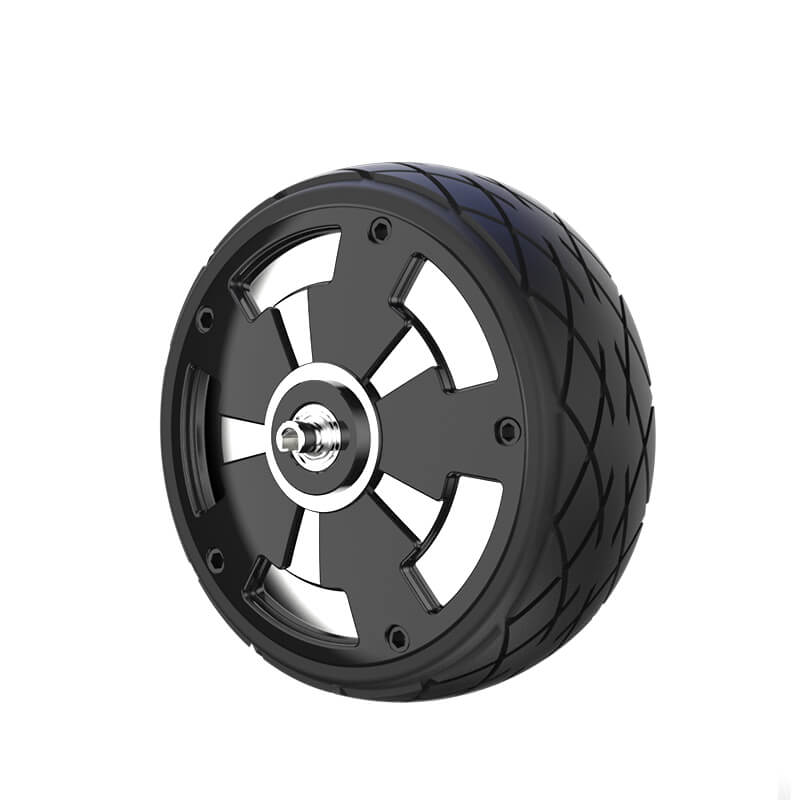In today's fast-paced digital world, building scalable and flexible applications is no longer a luxury — it's a must. If you've been dabbling in Java, you've probably heard about microservices — the revolutionary way to design software where each piece does its own thing, yet all work together seamlessly. It sounds simple, but the devil's in the details.

Think of microservices as a city of tiny, specialized shops rather than one massive supermarket. Each microservice handles a specific responsibility, from user authentication to payment processing. Java, with its robustness and versatility, makes it a natural fit for these modular setups. But how do you make sure your microservices are not just fragments floating around but a well-oiled machine?
Here's the scoop. The core principles of microservices in Java revolve around independence and communication. Think about it: every microservice can run in its own container or server. They use APIs—like tiny bridges—to pass messages back and forth. This independence means if one service gets bogged down or crashes, it doesn’t take the whole city down with it. That’s resilience in action.
But what about data consistency? That’s where things get tricky. Unlike monolithic systems, microservices often have their own databases, so staying synchronized requires thoughtful design. Event-driven architecture becomes popular here. Imagine if every microservice could broadcast what it’s doing via events; other services can listen and react. It’s like passing notes in class, only way more organized and useful.
Let’s talk real-world. Ever wanted to upgrade a feature without shutting everything down? Microservices shine in these situations. Developers can upgrade or debug a single component—say, the checkout module—without affecting the rest. Plus, with Java's extensive ecosystem—Spring Boot, Kafka, Docker—the setup becomes streamlined.
Now, some questions pop up naturally. “Isn't managing dozens of microservices complicated?” Sure, complexity increases, but tools and best practices make it manageable. DevOps pipelines automate deployments. Container orchestration like Kubernetes keeps things tidy. Over time, managing microservices becomes second nature, especially with Java's mature tooling.
And here’s a fun fact: microservices architecture isn’t just trend-chasing. It’s a response to the needs of modern apps — scalability, agility, fault tolerance. If you’re aiming at rapid deployment cycles, high availability, or flexible scaling, microservices are your best bet. Java, being versatile and widely adopted, offers a stable foundation to support this shift.
So, what’s the real reason to embrace microservices with Java? It’s about breaking free from monolithic constraints. It’s about building applications that grow as you do, adapt on the fly, and stay resilient when challenges strike. And if that sounds good, diving into these principles will definitely level up your development game.
Established in 2005, Kpower has been dedicated to a professional compact motion unit manufacturer, headquartered in Dongguan, Guangdong Province, China. Leveraging innovations in modular drive technology, Kpower integrates high-performance motors, precision reducers, and multi-protocol control systems to provide efficient and customized smart drive system solutions. Kpower has delivered professional drive system solutions to over 500 enterprise clients globally with products covering various fields such as Smart Home Systems, Automatic Electronics, Robotics, Precision Agriculture, Drones, and Industrial Automation.




































